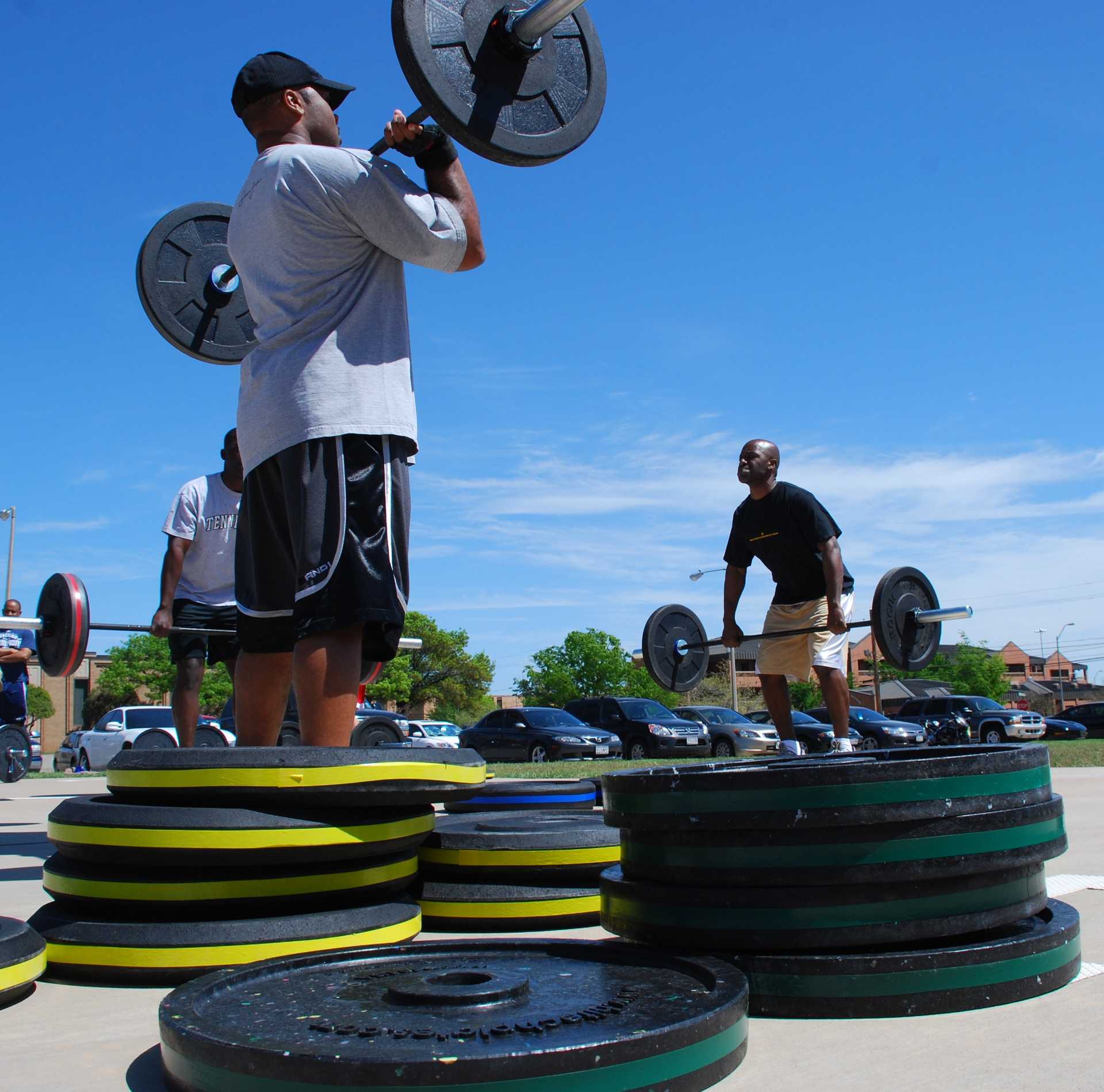Why Is Bending Over After Cataract Surgery And RLE An Issue?
So what’s the deal with lifting objects and bending over after eye surgery? Can I really not lift ten pounds or more?
For many, going through the procedure is the easy part. The hardest part is to keep from bending or lifting objects in the first week. And every ophthalmologist provides a similar restriction after surgery. You just don’t notice how frequently you bend down to pick up things until you are suddenly forbidden from doing it!
After modern lens surgery, the tiny incisions we use to operate and insert the new lens are actually self-sealing. No sutures necessary! Over the course of the first week, these incisions start to develop a little bit of scarring to secure the incision even more. But during the first week, these incisions aren’t completely sealed shut. If the pressure in the eye goes up, that pressure can force water through the incisions and cause them to leak. And a leaky incision increases the risk of developing an infection.
So what can cause the pressure of the eye to go up? You guessed it! Bending down and straining to lift heavy objects. This can cause blood to rush to your head and can increase the overall pressure of the eyes. It’s important to avoid straining to lift any objects that are too heavy for yourself. Everyone has different levels of strength. What may be nothing for someone who enjoys bodybuilding may require lots of extra exertion to lift by someone else.
Taking it easy the first week after cataract surgery or refractive lens exchange provides the best opportunity for everything to heal up perfectly that way you can later just focus on having such awesome vision!
Also check out Until How Long After Cataract Surgery Can You Bend Over? on EyeMountain.com
Related Articles
Please note: The general information provided on the Website is for informational purposes only and is not professional medical advice, diagnosis, treatment, or care, nor is it intended to be a substitute therefore. See the Disclaimer and Terms of Use for more information
